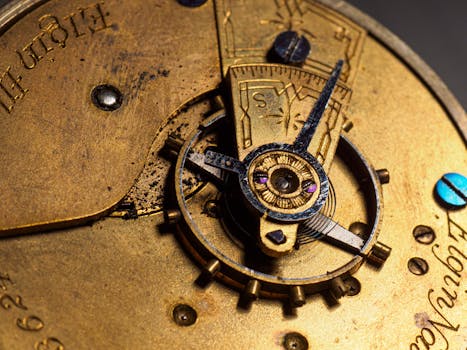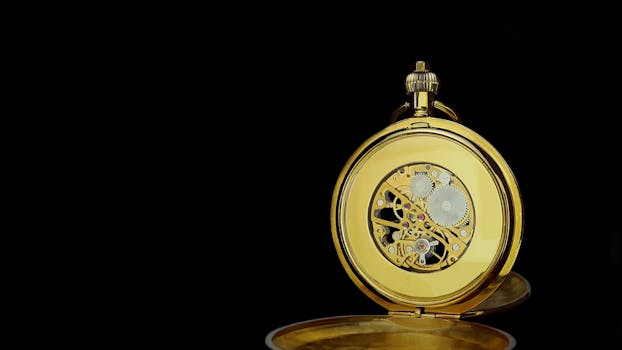
The Timeless Craft: A Journey Through the History of Watchmaking Techniques and Innovations
Takeaways:
- Watchmaking has evolved from simple sundials to complex mechanical and digital systems.
- Key innovations include the introduction of the mainspring, the balance wheel, and quartz technology.
- The craft of watchmaking combines artistry with precision engineering, resulting in both functional and aesthetic timepieces.
Watchmaking is an art form that has evolved over centuries, reflecting the ingenuity and creativity of human civilization. This article takes you on a journey through the history of watchmaking techniques and innovations, highlighting key milestones that have transformed how we tell time.
Early Timekeeping: The Dawn of Horology

As civilizations advanced, so did their understanding of time. The mechanical clock emerged in Europe during the late Middle Ages, marking a significant turning point in horology. These early clocks were large, often housed in church towers, and relied on weights and gears to keep time. However, they lacked the portability that would later define watches.
The Birth of the Mechanical Watch

During the 17th century, significant advancements were made in watchmaking techniques. The introduction of the balance wheel improved accuracy, while the escapement mechanism regulated the release of energy from the mainspring. These innovations allowed for the creation of more precise and reliable timepieces, paving the way for the modern watch.
The Golden Age of Watchmaking

During this era, innovations continued to flourish. The introduction of jeweled bearings reduced friction in the movement, enhancing the watch’s longevity and accuracy. Additionally, the development of the chronograph allowed for the measurement of elapsed time, further expanding the functionality of watches.
The Advent of Quartz Technology

This shift led to what is known as the Quartz Crisis, during which traditional mechanical watchmakers faced significant challenges. However, many brands adapted by merging traditional craftsmanship with quartz technology, leading to hybrid models that appealed to a broader audience.
The Rise of Smartwatches

Today, watchmaking remains a dynamic field, blending heritage craftsmanship with cutting-edge technology. As we look to the future, it is clear that the art of horology will continue to evolve, reflecting the ever-changing relationship between humans and time.






